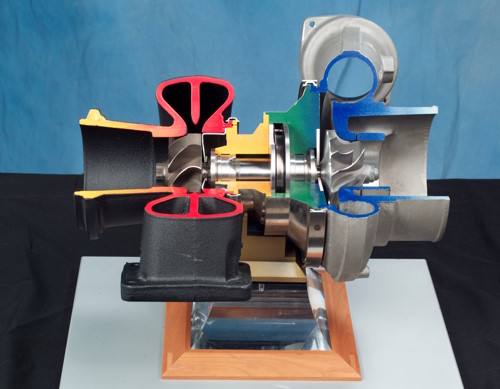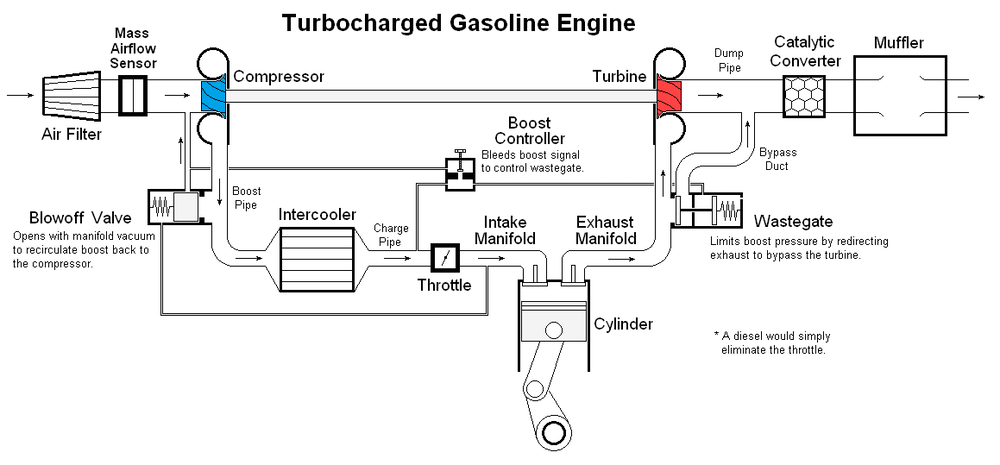All About Turbochargers: Purpose, Functioning and Disadvantages
In today’s engineering post, we’re going to learn about turbochargers. I feel like this is a car part that everyone must know because turbos are everywhere now, and knowing their functioning is essential. PD: Stay tuned; February 1st means new Car of the Month ;)
Definition
Turbochargers, or simply turbos, are a form of forced induction, and they are present in almost every single car on the road, with some cars even having 2 turbos, called twin-turbo or biturbo cars. In most extreme cars, such as the 2019 Bugatti Chiron Super Sport 300+, it even has quad-turbo.
However, what’s the point of talking about turbos in cars if we don’t even know their function?
A car’s performance is greatly affected by the quantity and pressure of the air coming in. More air means more oxidizing (oxygen) to burn, resulting in a stronger explosion.
Car manufacturers have been searching for ways to push more air into the combustion chamber. The first way they came up with was the supercharger, which was the predecessor of the turbochargers. Superchargers are pretty similar to turbochargers, as they both compress air, but the main factor that distinguish them is that superchargers use a drive belt directly connected to the engine, taking some power from it, and turbochargers use the exhaust air to power its compressor, removing the power loss from superchargers.
Let’s move into the mechanics. Turbochargers are seashell-shaped on both sides. If you’ve seen one in real life, or you look at the image below, you’ll notice one the left half of the turbo is a lot darker than the other half. This is because the dark side is made up of stronger materials to handle the extreme exhaust gas temperatures, and the light side is where intake air is compressed to be then sent directly into the combustion chamber.
The turbo intake side (the dark one) gets extremely hot gases from the engine, which move the turbine. This turbine is welded to the other turbine, making it move. This last turbine compresses the intake air, which gets to the turbo as it would directly to the engine, and then sends the compressed air to the engine, creating more power.
Turbos can rev up to 100,000rpm, producing its caracteristic whistle-like sound.
And yeah, that’s basically it. It looks like it’s really complex, but in reality, it’s not that much.
Problems
Turbo lag is the main problem in turbos.
As turbochargers use the exhaust gases to spin the compressor turbine, if there aren’t enough gases to actually improve the car’s performance, the car will function normally until a sudden power increase, which is the car revving, thus producing more exhaust gases. To solve this problem, anti-lags are used, which keep the turbo spinning even when the car is idle or starting to accelerate, creating a smooth power curve.

